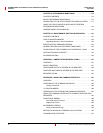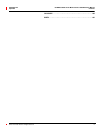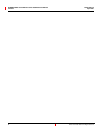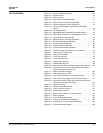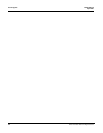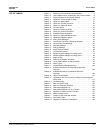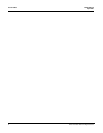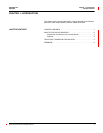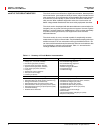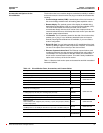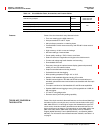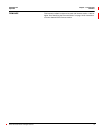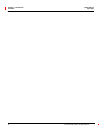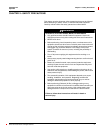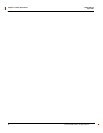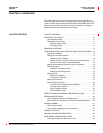
Chapter 1—Introduction 63230-300-212
What is the Circuit Monitor? April 2001
© 2001 Schneider Electric All Rights Reserved
2
The circuit monitor is a multifunction, digital instrumentation, data acquisition
and control device. It can replace a variety of meters, relays, transducers and
other components. The circuit monitor can be located at the service entrance
to monitor the cost and quality of power, and can be used to evaluate the
utility service. When located at equipment mains, the circuit monitor can
detect voltage-based disturbances that cause costly equipment downtime.
The circuit monitor is equipped with
RS-485 and RS-232 communications for
integration into any power monitoring and control system. However, System
Manager™ software (
SMS)fromPOWERLOGIC, which is written specifically
for power monitoring and control, best supports the circuit monitor’s
advanced features.
The circuit monitor is a true rms meter capable of exceptionally accurate
measurement of highly nonlinear loads. A sophisticated sampling technique
enables accurate, true rms measurement through the 255th harmonic. You
can view over 50 metered values plus extensive minimum and maximum data
from the display or remotely using software. Table 1–1 summarizes the
readings available from the circuit monitor.
W
HAT IS THE CIRCUIT MONITOR?
Table 1–1: Summary of Circuit Monitor Instrumentation
Real-Time Readings Energy Readings
• Current (per phase, N, G, 3-Phase)
• Voltage (L–L, L–N, N–G, 3-Phase)
• Real Power (per phase, 3-Phase
)
• Reactive Power (per phase, 3-Phase)
• Apparent Power (per phase, 3-Phase)
• Power Factor (per phase, 3-Phase)
• Frequency
• Temperature (internal ambient)
• THD (current and voltage)
• K-Factor (per phase)
• Accumulated Energy, Real
• Accumulated Energy, Reactive
• Accumulated Energy, Apparent
• Bidirectional Readings
• Reactive Energy by Quadrant
• Incremental Energy
• Conditional Energy
Demand Readings Power Analysis Values
• Demand Current (per phase present, 3-Phase avg.)
• Demand Voltage (per phase present, 3-Phase avg.)
• Average Power Factor (3-Phase total)
• Demand Real Power (per phase present, peak)
• Demand Reactive Power (per phase present, peak)
• Demand Apparent Power (per phase present, peak)
• Coincident Readings
• Predicted Power Demands
• Crest Factor (per phase)
• Displacement Power Factor (per phase, 3-Phase
)
• Fundamental Voltages (per phase)
• Fundamental Currents (per phase)
• Fundamental Real Power (per phase)
• Fundamental Reactive Power (per phase)
• Harmonic Power
• Unbalance (current and voltage)
• Phase Rotation
• Harmonic Magnitudes & Angles (per phase)
• Sequence Components



